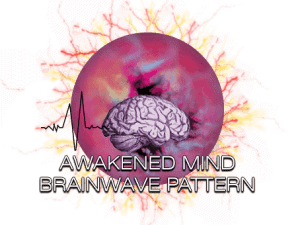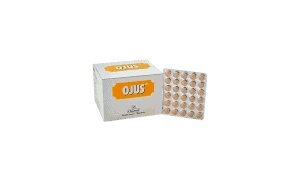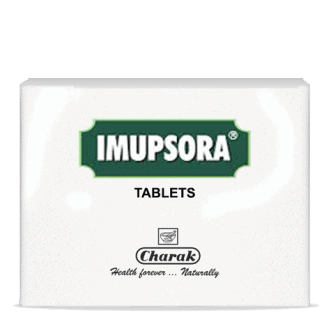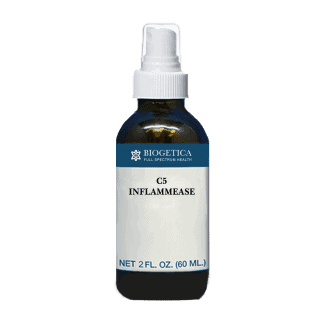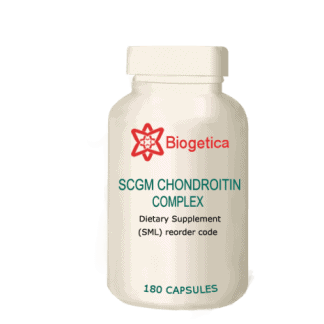Constipation is a condition in which bowel movements become sluggish causing difficulty in passing stools. It is a condition that causes disturbances in the digestive system. Obstinate constipation can lead to the accumulation of toxins, which then perfuse into the circulatory system and get carried all through the body.

Symptome im Zusammenhang mit Verstopfung
Obwohl Verstopfung selbst ein Symptom ist, kann dies zum Auftreten anderer Symptome führen. Die folgenden Anzeichen können Verstopfung anzeigen:
- Weniger als drei Stuhlgänge pro Woche
- Harte, trockene, kleine Hocker
- Schwierigkeiten beim Überholen von Hockern
- Anstrengung, um Hocker zu passieren
- A sensation of incomplete evacuation
- Blähungen
- Bauchschmerzen oder Unbehagen
- Kopfschmerzen
- Appetitlosigkeit
- Schlechter Geschmack im Mund
- Übelkeit
- Müdes Gefühl
Manchmal kann Verstopfung zu Komplikationen wie Hämorrhoiden oder Fissuren führen. In sehr schweren Fällen kann es sogar zu einem rektalen Prolaps kommen (bei dem ein Teil des Darms aus dem After herausragt).
Pathophysiologie der Verstopfung
Die Innenwände des Dickdarms haben gewundene Schleimhäute. Diese werden Krypten genannt. Sie sind vorhanden, so dass hier eine maximale Aufnahme von Wasser und Nährstoffen erfolgen kann. Wenn sich die Nahrung vom Magen in den Dickdarm bewegt, wird Wasser vom Körper aufgenommen, und die übrig gebliebenen Lebensmittel bilden Abfallprodukte oder Stühle. Die peristaltische Bewegung des Dickdarms treibt den Stuhl in Richtung Rektum. Wenn der Stuhl das Rektum erreicht, ist er fest, weil das meiste Wasser absorbiert wurde.
Verstopfung kann auftreten, wenn:
- Der Dickdarm nimmt zu viel Wasser auf und macht den Stuhl hart.
- Die peristaltische Bewegung des Darms ist nicht gut genug und die Stühle bewegen sich sehr langsam. Je länger der Stuhl im Dickdarm bleibt, desto schwerer werden sie aufgrund der Wasseraufnahme.
Ursachen der Verstopfung:
Lack of sufficient fiber in the diet – Fiber is that part of fruits and vegetables which our body cannot digest. It helps to increase the bulk of stools and prevents constipation. Surveys show that Americans eat an average of 5 to 14 grams of fiber daily, which is short of the 20 to 35 grams recommended by the American Dietetic Association. Both children and adults often eat too much refined and processed foods, from which natural fiber has been removed.
Inadequate consumption of liquids – As discussed above, the large intestine absorbs water from food. Consuming sufficient liquids will ensure that the stools do not become excessively dehydrated. This will keep them soft and they will be easier to pass. However, liquids that contain caffeine and alcoholic beverages interfere with the water cycle of the body and cause dehydration.
Lack of physical activity – Though a direct co-relation has not yet been established, constipation is found to be more prevalent in sedentary individuals.
ZB Verstopfung tritt häufig während einer Krankheit auf, wenn eine Person im Bett liegt. Fehlende körperliche Aktivitäten sind auch bei älteren Menschen mit Verstopfung verbunden.
Certain medications – There are certain medicines that cause constipation because they interfere with the normal nutrient-water cycle of the body. E.g. pain medicines that have narcotics, antacids that contain aluminum and calcium, blood pressure medications, antiparkinson drugs, antidepressants, iron supplements, diuretics, etc.
Changes in life – – During pregnancy, there are a lot of hormonal changes in the body. Also, the fetus directly compresses the intestines. This reduces the peristaltic movement of the intestine, causing constipation. Aging may also affect bowel regularity, because a slower metabolism results in less intestinal activity. Travelers also often face this problem because their normal diet and biorhythmic patterns are disrupted, and the body takes time to adjust to new routines.
Abuse of laxatives – Over-the-counter Laxatives are an effective means of counteracting constipation. However, with time, your body gets used to the dose and the dosage needs to keep increasing, in order to be effective. The use of laxatives could become habit forming, and eventually, you may not be able to pass stool without them.
Ignoring the urge to pass stools – Ignoring the urge to pass stools may eventually cause one to stop feeling the urge to pass them, which can lead to constipation. For eg: Being uncomfortable using public toilets or inaccessibility during a busy work day.
Certain illnesses- There are some diseases that can make the intestines sluggish. These include certain neurological problems, systemic conditions, metabolic and endocrine disorders.
Diagnose der Verstopfung
Wenn der Arzt eine zugrunde liegende Pathologie vermutet, kann er dem Patienten eine der folgenden Tests empfehlen:
Physical examination – The physician will perform a rectal examination to evaluate the tone of the muscles of the anal sphincter. He will look out for any tenderness in the area.
Blood tests – The physician may advise the patient to get blood and thyroid tests done to eliminate the possibility of thyroid or other metabolic disorders.
Additional tests – Extensive testing is usually carried out for cases with severe symptoms, which cannot be relieved by dietary and lifestyle changes.
Diese sind:
Colorectal transit study – The patient is given capsules containing small markers that are visible on x-ray. The movement of the marker is then followed by a series of x-rays. This test enables the physician to understand how well food moves in the intestines.
Anorectal function tests – These are a series of tests conducted to diagnose constipation caused by abnormal functioning of the anus or rectum (anorectal function). These include anorectal manometry balloon expulsion tests, defecography, etc.
Barium enema X-ray – The patient is given a barium liquid to drink. This liquid coats the inside of the colon and rectum and makes it visible on the X-ray. This test is especially useful if the physician is suspecting an intestinal obstruction.
Sigmoidoscopy or colonoscopy – An examination of the rectum and the lower or sigmoid colon is called a sigmoidoscopy; and the examination of the rectum and entire colon is called a colonoscopy. In both examinations, a tube is inserted through the anus to inspect the respective areas directly. This test also enables the physician to take a sample of the intestinal lining for biopsy.


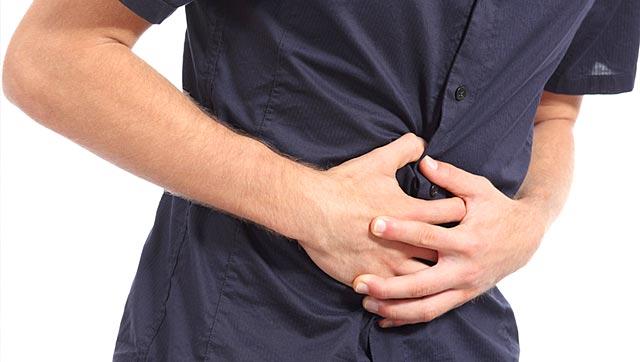











 We have a 100% money-back guarantee, to support our firm belief in our products, and to build trust in customers who have been facing battles they thought would be lifelong! You may return the products within 90 days of your order date for a full refund of the purchase price. You may alternatively request a free consultation and additional remedies if you are not 100% better. Our mission is fulfilled only when you are better. Hence, we stand by our customers and do what it takes to make you feel great! We can afford to do this, because the customers who re-order or refer us to friends and family, are 20 times more than those who ask for a return. So, go ahead and give us a try. You’ll be glad you did.
We have a 100% money-back guarantee, to support our firm belief in our products, and to build trust in customers who have been facing battles they thought would be lifelong! You may return the products within 90 days of your order date for a full refund of the purchase price. You may alternatively request a free consultation and additional remedies if you are not 100% better. Our mission is fulfilled only when you are better. Hence, we stand by our customers and do what it takes to make you feel great! We can afford to do this, because the customers who re-order or refer us to friends and family, are 20 times more than those who ask for a return. So, go ahead and give us a try. You’ll be glad you did.












